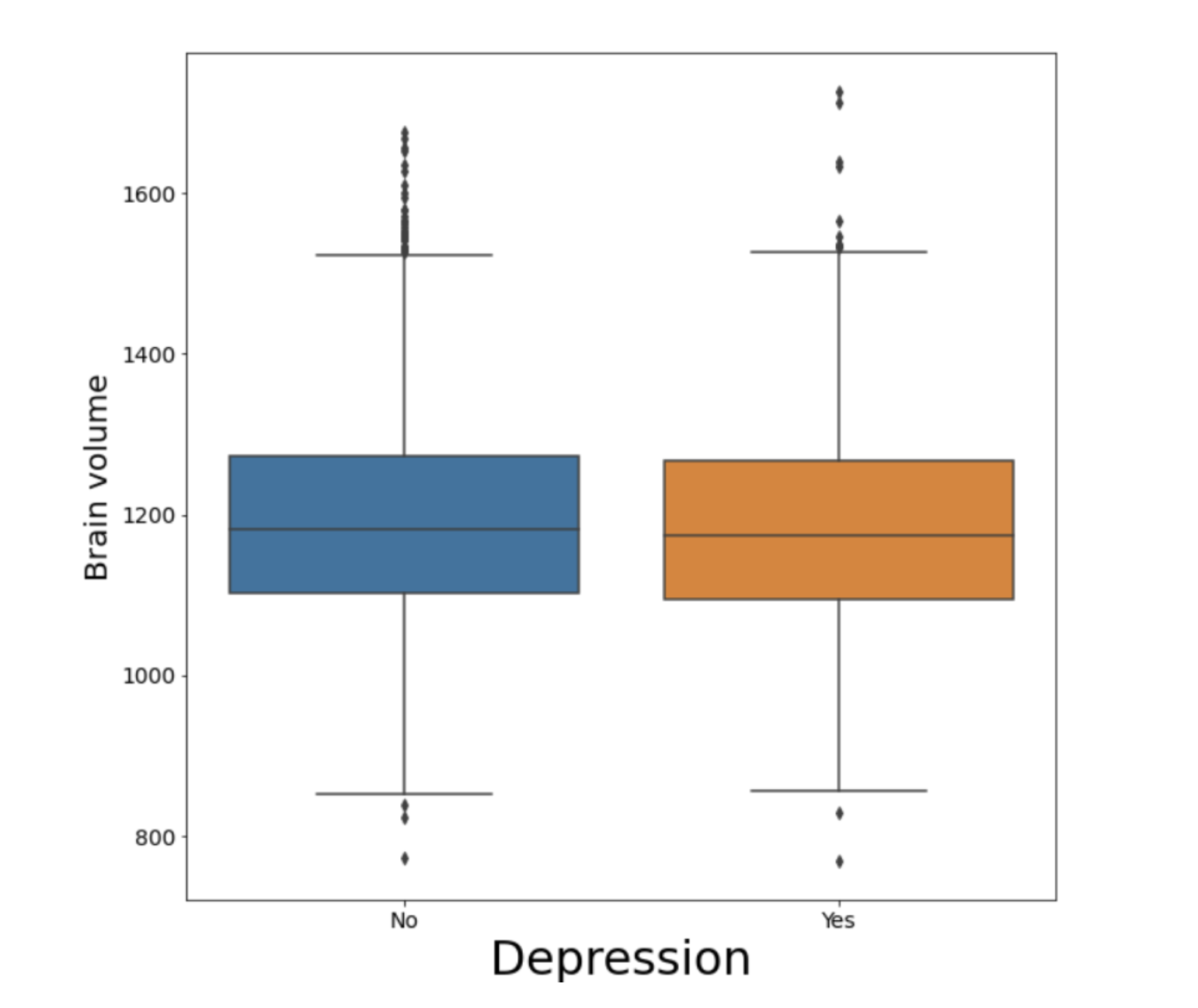Synopsis:
AI-assisted prostate whole-gland and zonal volume quantification enable quantitative reproducibility and enhance read-time efficiency. Our whole-gland AI-segmentation solution enhanced measurement accuracy by 23.59%, compared with traditional volume estimates. Zonal solution enabled us to generate population normative aging-curves and we used a shallow classifier to identify patients with BPH. Our findings show the transitional zone grows 2.05 ml and 3.58 ml per decade for the entire population and for patients with BPH, respectively, while peripheral zone grows 0.70 ml per decade. Further, the transitional and peripheral zones grow 2.43 and 1.4 times their size over a lifetime.
Summary:
An AI-based method for segmenting the whole/zonal prostate and diagnosing BPH. We estimated the actual whole-gland volume and age-related zonal volume changes in 4025 patients. Over the lifespan the average nonBPH prostate approximately doubles in size.
Purpose:
The traditional ruler-based technique for prostate volume assessment is a volume quantification technique dependent on geometric assumptions about prostate gland shape acquired from simple 3-axis measurements plugged into a geometric volume formula [1]. This indirect volume quantification method has inherent accuracy and precision limitations, which motivates the community to measure the actual volume, requiring segmenting the gland and target zones as an essential step. Moreover, this segmentation is required for localizing lesions and providing targeting for image-guided prostate biopsies [2]. However, manually doing the segmentation is expertise-dependent and tedious. Recently, artificial intelligence has been incorporated into prostate MRI to fix these problems [2, 3]. Following this direction, we developed two deep learning-based models for automatically segmenting the whole prostate gland and its four zones, i.e., peripheral zone, transitional zone, central zone, and anterior fibromuscular stroma (Figure 1). Additionally, due to the limitations in the availability of medical data, there is limited research that performs analysis over a large, generally representative population. Very recently, the medical community started to collect large-scale prostate MRI data from multiple centers [3]. However, all in all, there are a total of 3,369 public prostate MRI scans (with overlapped cases) gathered from 17 public datasets [3] that are inherently biased towards certain age-groups or conditions. Herein, in order to extract the corresponding volumes, we applied our prostate segmentation solutions to a large dataset of axial T2-weighted prostate MRI series with 4,025 subjects, obtained as part of a general preventive health whole body MRI (WB-MRI) screening program. We further sought to exploit this development to study normal aging-related changes in individual zones, which can be extracted from our population screening cohort representing all adult age-groups. A solution for classifying patients with benign prostatic hyperplasia (BPH) is also proposed.


